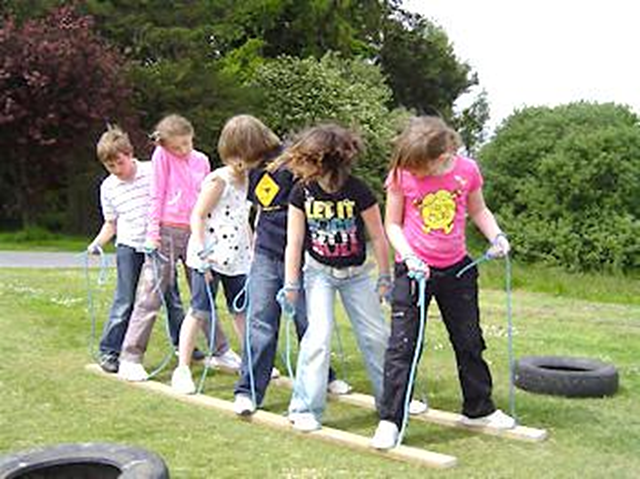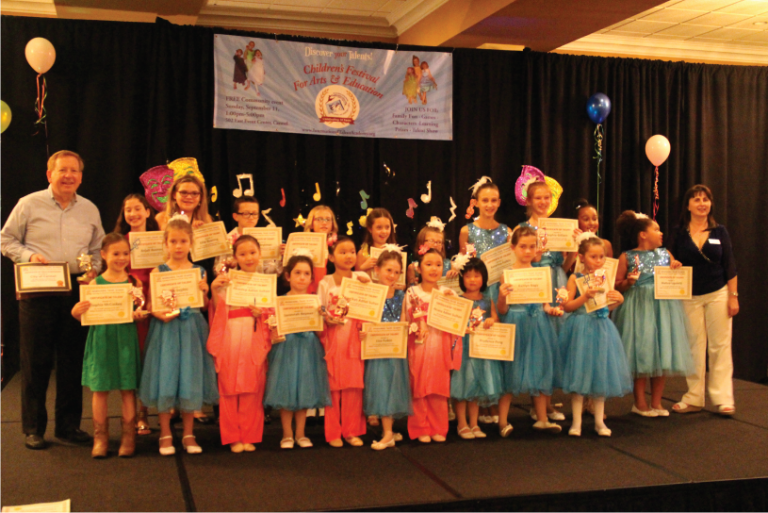Four Ways Schools Can Support the Whole Child
Currently, our education system often focuses on a narrow sliver of children’s cognitive development with an emphasis on transmitting content knowledge, often to be memorized and repeated in the same form it was received. Lessons in math, science, and reading—and tests in those skills—dominate the curriculum. While those subjects are fundamental, learning involves far more than merely acquiring inert knowledge in algebra or chemistry. Such a narrow focus gives short shrift to the ways that children need to grow and learn in their relationships, identity, emotional understanding, and overall well-being.
Recent research in neuroscience, developmental and learning sciences, education, sociology, and many other fields confirms that a “whole child” approach is not only desirable but necessary to ensure that children learn well:
- The brain’s capacity develops most fully when children and youth feel emotionally and physically safe; and when they feel connected, engaged, and challenged.
- Learning is social, emotional, and academic. Positive relationships, including trust in the teacher, and positive emotions, such as interest and excitement, open up the mind to learning. Negative emotions, such as fear of failure, anxiety, and self-doubt, reduce the capacity of the brain to process information and learn.
- Adversity—poverty, housing and food insecurity, abuse, or neglect—produces toxic stress that affects learning and behavior, but how schools respond matters. Positive, stable relationships—when adults have the awareness, empathy, and cultural competence to understand and listen to children—can buffer the effects of even serious adversity.
At the Learning Policy Institute, as part of a new initiative on the Science of Learning and Development, four main ingredients of school success were identified that allow us to care for and nurture the potential in all children: a positive school climate, productive instructional strategies, social-emotional development, and individualized support.
Positive School Climate
In a recent national survey, only 30 percent of high school students rated their school culture positively. Many schools today are based on antiquated designs from the early 1900s that emulate the factory model, wherein students cycle through classrooms and teachers see hundreds of students a day. These structures depersonalize learning at a time when students need and would benefit from long-term relationships with teachers and peers. Creating a positive school climate based on strong relationships provides a bedrock for learning. Some elements that promote a sense of community and allow teachers to know their students well include:
- Smaller school and class sizes.
- Looping, where teachers stay with the same students for more than one year.
- Advisory classes that provide students with a community and allow teachers to check in with students and parents on a consistent basis.
- Staff who practice cultural competence, inviting students’ experiences into the classroom and communicating that all students are valued.
- Home visits and regular parent-teacher-student conferences.
- Opportunities for staff collaboration and leadership that strengthen trust among educators.
Meaningful instructional practices that develop students’ ability to manage their own learning
In focus groups and interviews with students who had dropped out of high school in 25 urban, suburban, and rural communities, nearly half (47 percent) said a major reason for dropping out was that classrooms were not interesting. These young people reported being bored and disengaged from high school. Even among those who stayed in school, 81 percent said that there should be more opportunities for real-world learning.
Students crave opportunities to learn things that matter and are relevant to their lives. For example, teachers can connect lessons in mathematics to common tasks students are engaged in that use those skills, such as in cooking, artwork, sports, and other settings. When skillfully combined with direct instruction, inquiry-based learning that is driven by students’ interests boosts their motivation and develops real-world skills.
Habits, skills, and mindsets that build students’ social, emotional, and academic competence
When students are overwhelmed, they are more likely to act out and have difficulty adjusting at school. Developing students’ social-emotional skills teaches them how to manage stress, while also boosting social skills like collaboration and empathy. Many schools teach these skills explicitly through programs of social-emotional learning, which have been found to improve students’ achievement, as well as their feelings of safety and belonging at school.
In addition, to reduce suspensions and other punitive discipline in schools, schools are using restorative practices—like “circles” and peer mediation—which teach students to take responsibility and repair harm done in their relationships. A restorative approach is grounded in students recognizing and valuing their role and responsibilities within the community. Ultimately, restorative practices serve to build individual skills and cultivate a stronger community while also boosting student achievement and graduation rates.
An integrated system of school supports that includes extended learning opportunities and community partnerships
Not all children have the material and social capital that affords access to high-quality learning environments and experiences. For example, high-income parents increased their spending on “enrichment activities” for their children, like tutoring and extracurricular activities, by 151 percent over the past several decades, compared to 57 percent for low-income parents. These differentials augment the achievement gap between affluent and low-income students.
Additional supports are also needed for the growing number of children who experience adversity in the form of poverty, homelessness, food insecurity, learning obstacles, or lack of health care. Schools need a flexible system of supports to address these needs.
The community schools model is one in which public schools partner with families and community organizations to provide well-rounded educational opportunities and supports for students’ school success. It typically includes before- and after-school enrichment, such as mentoring and academic support, as well as summer learning opportunities, like workshops on film and art, sports camps, and long-distance trips to visit college campuses. Some schools partner with local organizations and university staff to offer immersion experiences where students learn from professionals through internships or workshops on topics of interest, like technology, film, and art.
These kinds of support reflect a whole school approach to whole child development that maximizes opportunities for all children to succeed. Taking an integrated approach can help children, with all their complexity and humanity, to develop to their full potential.




